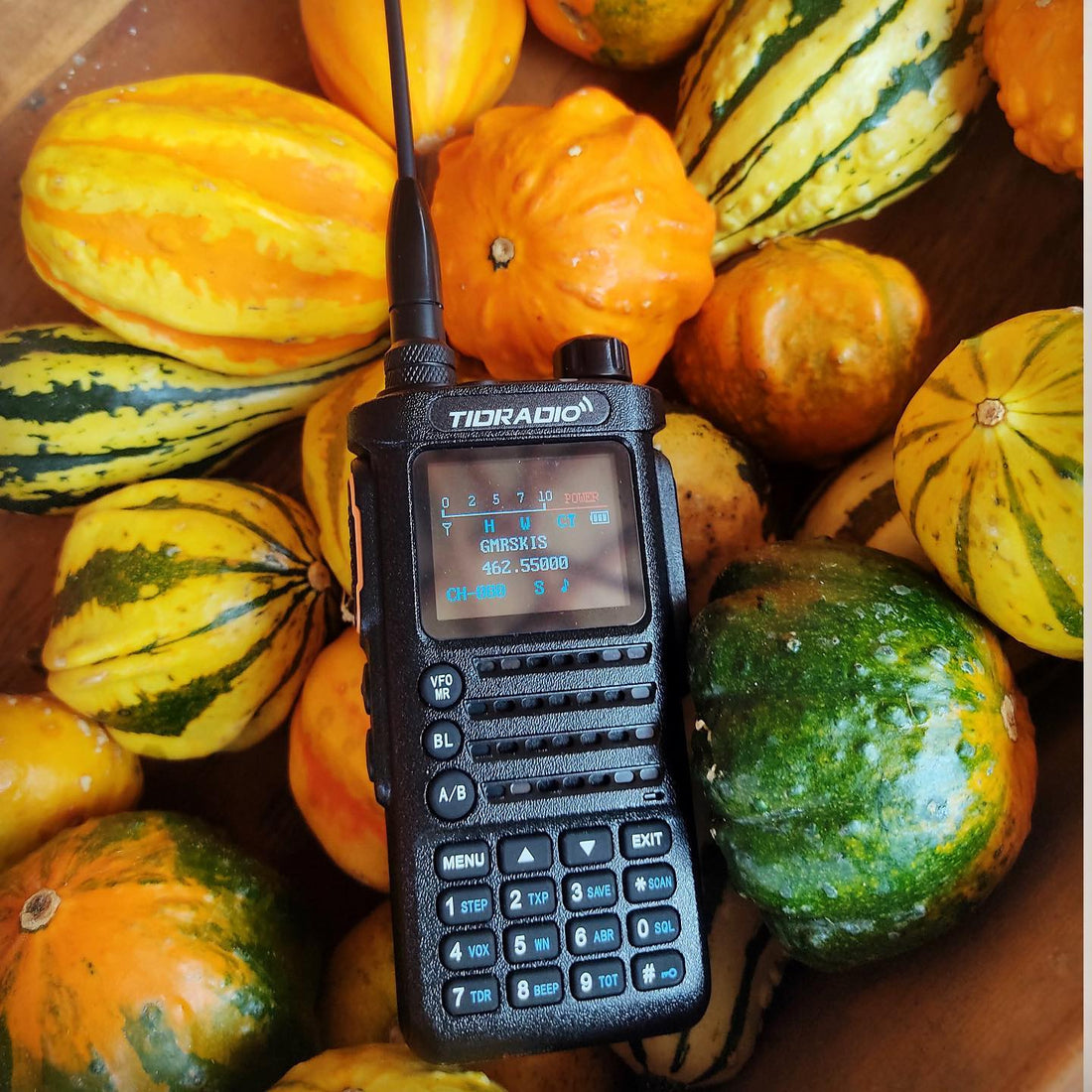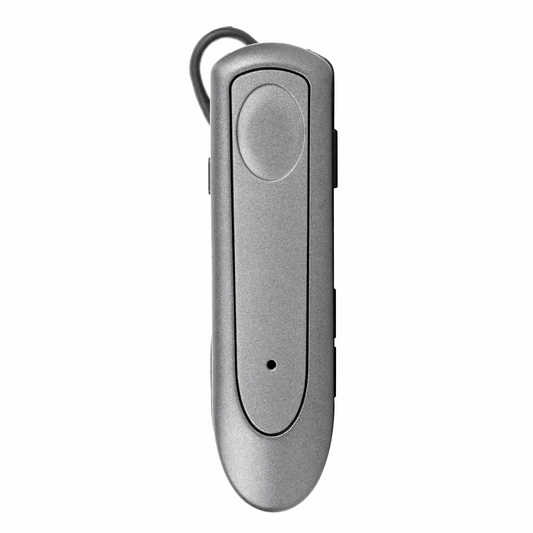
Exploring the World of Radio Communication: Essential Terms and Abbreviations Guide
Whether you are an experienced amateur radio operator, an enthusiast, or simply curious about radio technology, understanding the terminology and abbreviations used in the field of radio communication is crucial. This guide compiles a wide range of radio terms and abbreviations to help you navigate the world of two-way radios, transceivers, antennas, and more.
Familiarity with these terms not only enriches your knowledge but also enhances your operational skills and communication abilities. Let's explore these key terms and abbreviations to deepen your understanding of radio communication:
Basic Terms and Abbreviations
-
Amplitude Modulation (AM)
- Modulation technique where the amplitude of the carrier wave is varied in proportion to the signal being sent.
-
Frequency Modulation (FM)
- Modulation technique where the frequency of the carrier wave is varied in accordance with the signal.
-
Band
- A specific range of frequencies used for transmitting signals.
-
Bandwidth
- The range of frequencies within a given band, particularly that used for transmitting a signal.
-
Carrier Wave
- A continuous wave that is modulated with an input signal for the purpose of conveying information.
-
Decibel (dB)
- A unit used to measure the intensity of a sound or the power level of an electrical signal by comparing it with a given level on a logarithmic scale.
-
Frequency (Hz)
- The number of cycles per second of a wave, measured in Hertz (Hz).
-
Gain
- The increase in power or amplitude of a signal, often expressed in decibels.
-
Hertz (Hz)
- The unit of frequency, equal to one cycle per second.
-
Interference
- Unwanted noise or signals that disrupt communication.
-
Modulation
- The process of varying one or more properties of a periodic waveform, called the carrier signal, with a modulating signal that typically contains information to be transmitted.
-
Noise
- Unwanted random addition to a signal, often making the signal less clear.
-
Oscillator
- An electronic component that produces a periodic, oscillating signal, often a sine wave or a square wave.
-
Receiver
- A device that receives radio waves and converts the information carried by them into a usable form.
-
Transmitter
- A device that sends out radio waves carrying information.
-
Wavelength
- The distance between successive crests of a wave, typically used in the context of electromagnetic waves.
-
Signal-to-Noise Ratio (SNR)
- A measure that compares the level of the desired signal to the level of background noise.
-
Spectrum
- The range of different frequencies of electromagnetic radiation.
-
Antenna
- A device used for transmitting or receiving radio waves.
-
CW (Continuous Wave)
- A wave of constant amplitude and frequency; the simplest form of radio transmission.
-
Duplex
- A system that allows communication in both directions simultaneously.
-
Simplex
- A communication system that sends signals in one direction only at a time.
-
Half-Duplex
- A communication system that allows transmission in both directions, but not simultaneously; communication is one way at a time.
-
QRP
- Low-power operation in amateur radio, typically 5 watts or less.
-
Squelch
- A circuit function that suppresses the output of a receiver in the absence of a sufficiently strong desired input signal.
-
Repeater
- An electronic device that receives a signal and retransmits it at a higher power level or to the other side of an obstruction so that the signal can cover longer distances.
-
Digital Signal Processing (DSP)
- The use of digital processing, such as by computers or more specialized digital signal processors, to perform a wide variety of signal processing operations.
-
Call Sign
- A unique designation for a transmitter station.
-
Propagation
- The way radio waves travel from one place to another.
-
RSSI (Received Signal Strength Indicator)
- A measurement of the power present in a received radio signal.
Conclusion
Mastering these basic terms and abbreviations not only helps you better understand the fundamental principles of radio communication but also enhances your operational efficiency and effectiveness. Whether you're troubleshooting equipment, optimizing communication systems, or engaging with other radio enthusiasts, this knowledge will become an indispensable tool in your journey. We hope this guide aids in your continuous progress and growth in the fascinating world of radio communication.




